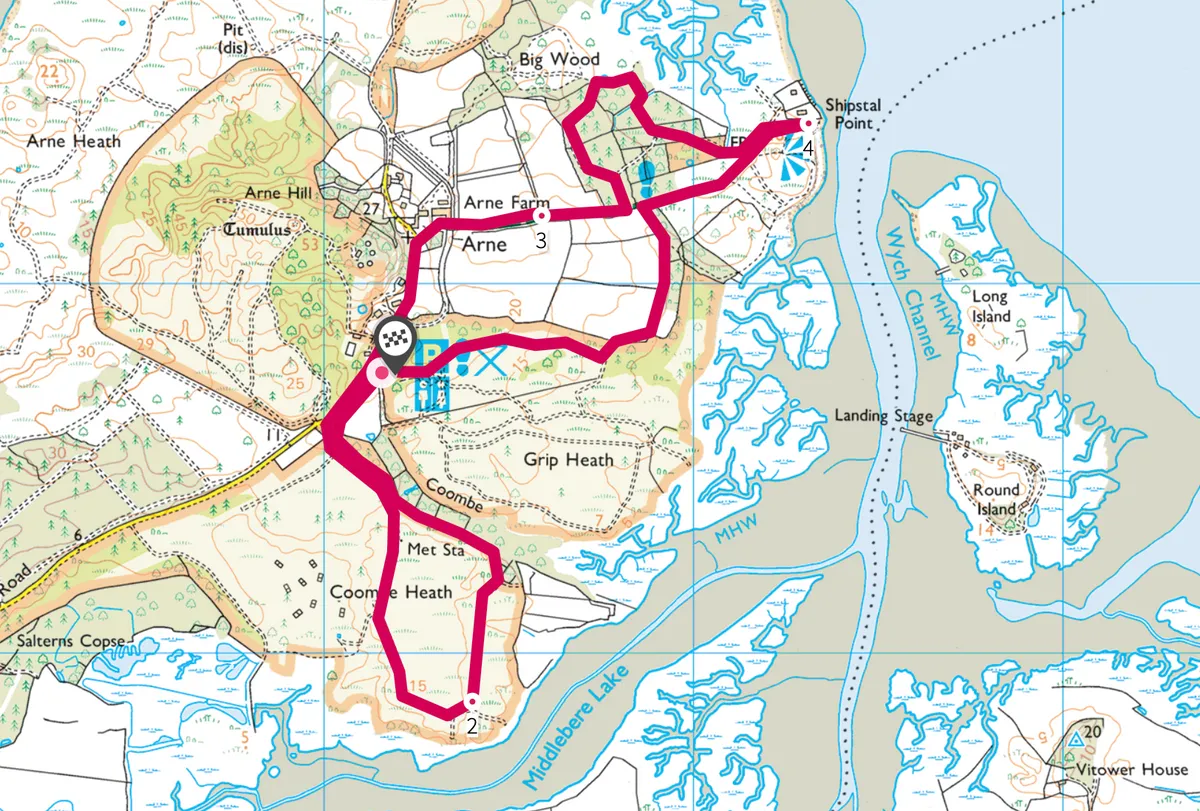More than 50 years have passed since the RSPB first leased a small pocket of Purbeck and created Arne nature reserve.
The first wardens operated from a caravan tucked away in the heather – half a century later, there is a newly built café and shop, and a working farm.
The wildlife-rich heathland of Arne – jutting into the shallow expanse of Poole Harbour – supports all six species of native reptile and around 50 pairs of nightjar. Winter, far from lifeless, offers its own treasures.
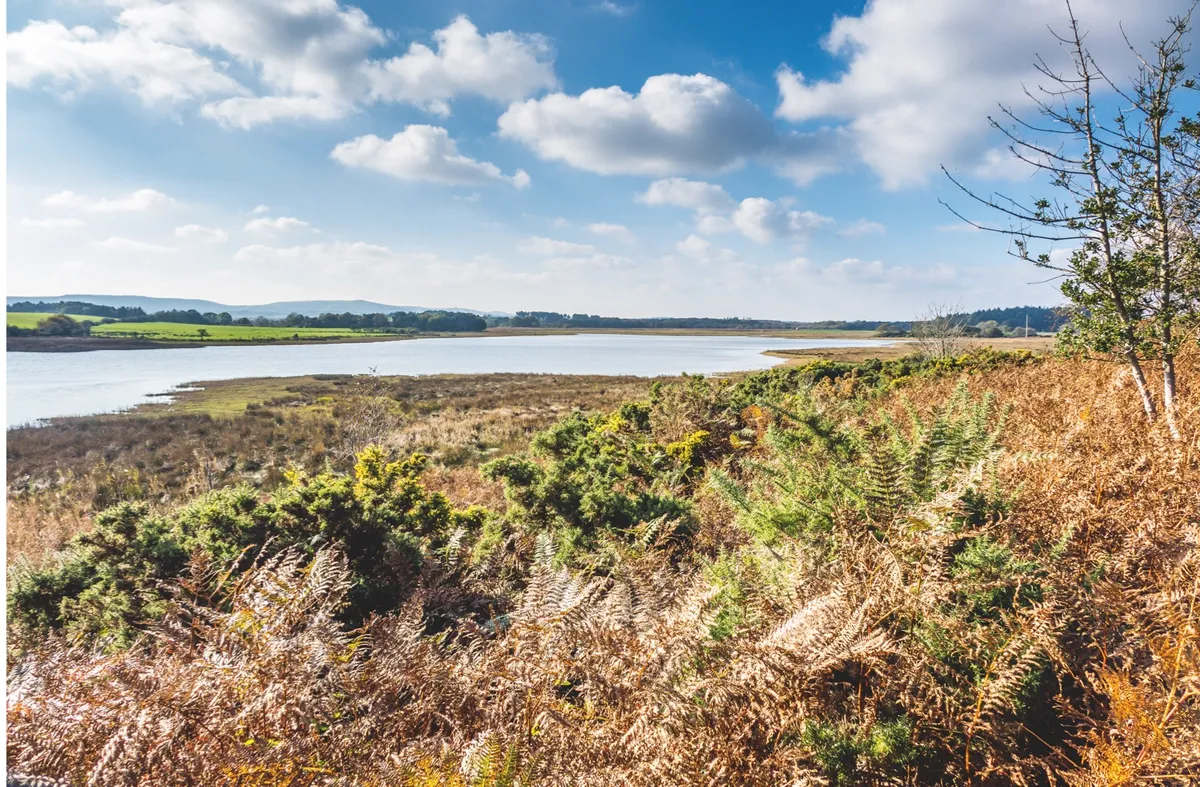
Arne walk
3.9 miles/6.3km | 63m accent | 2 hours | easy
1. A fiery start
This birder’s walk around Arne begins in the car park, where siskins, tits and great spotted woodpeckers feed beside the information hut, and firecrests can be spied flitting around the holly bushes. A marked trail leads south from the car park and out on to Coombe Heath.
Here, woodlarks and meadow pipits can be seen among the heather, while stonechats and Dartford warblers are found in the gorse – these warblers can seem elusive but there are nearly 60 pairs at Arne. Listen out for their scratchy ‘churr’ and you may catch a glimpse as they dart between bushes, searching for food.
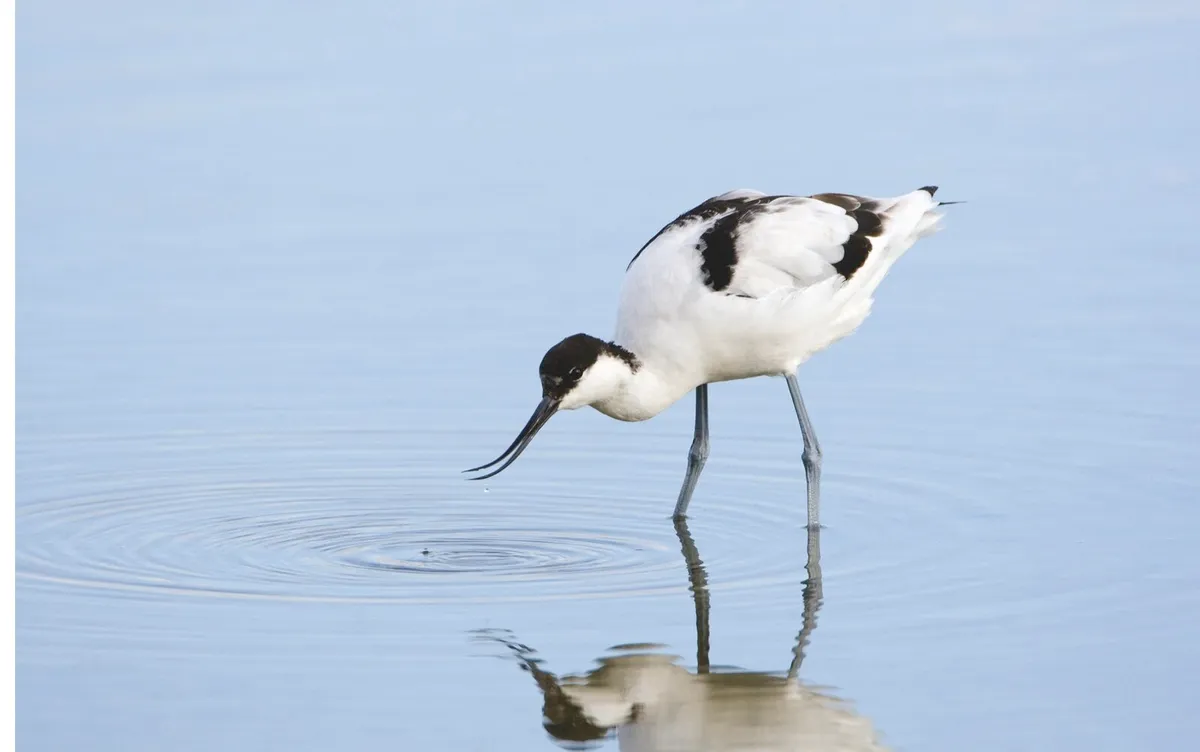
2. Low tide at the hide
The bird hide at the southern point of Coombe Heath offers views across the tidal creek of Middlebere Lake, backed by the Purbeck Hills.
At low tide, just a trickle of water remains and the exposed mudflats attract large numbers of birds. Avocets flock in their hundreds, joined by a similar number of black-tailed godwits probing the rich sediment. Shelducks are abundant too and, in recent winters, over 1,000 brent geese have been recorded at Arne.
For many, the reserve’s main draw is the striking spoonbill, easily confused with little egrets, but for their distinctive beak and feeding habits. Populations of this conspicuous, wintering bird are steadily increasing, and it is regularly seen from the Middlebere Hide.
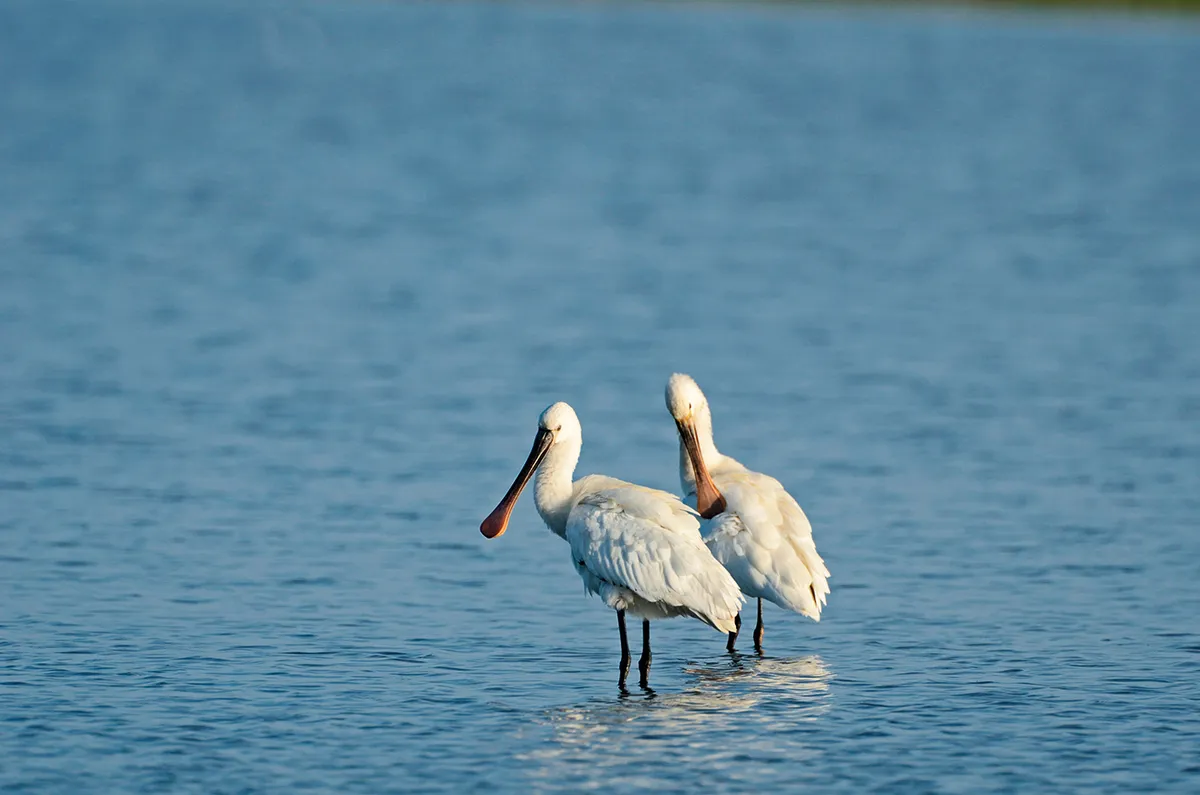
The abundance of waders draws raptors, too. Marsh and hen harriers, often seen above the reeds, have winter roosts nearby. Short-eared owls and merlins are less frequent, while peregrines and sparrowhawks are resident in the harbour.
3. Busy birds
To the north of the car park is the farm, where yellowhammers and linnets can be found, while nuthatches and treecreepers keep busy among the birch. A two-storey hide on the northern edge of Big Wood provides further opportunity to see spoonbills on the sand as the whistle of wigeon and the stirring cry of curlews fill the winter air.
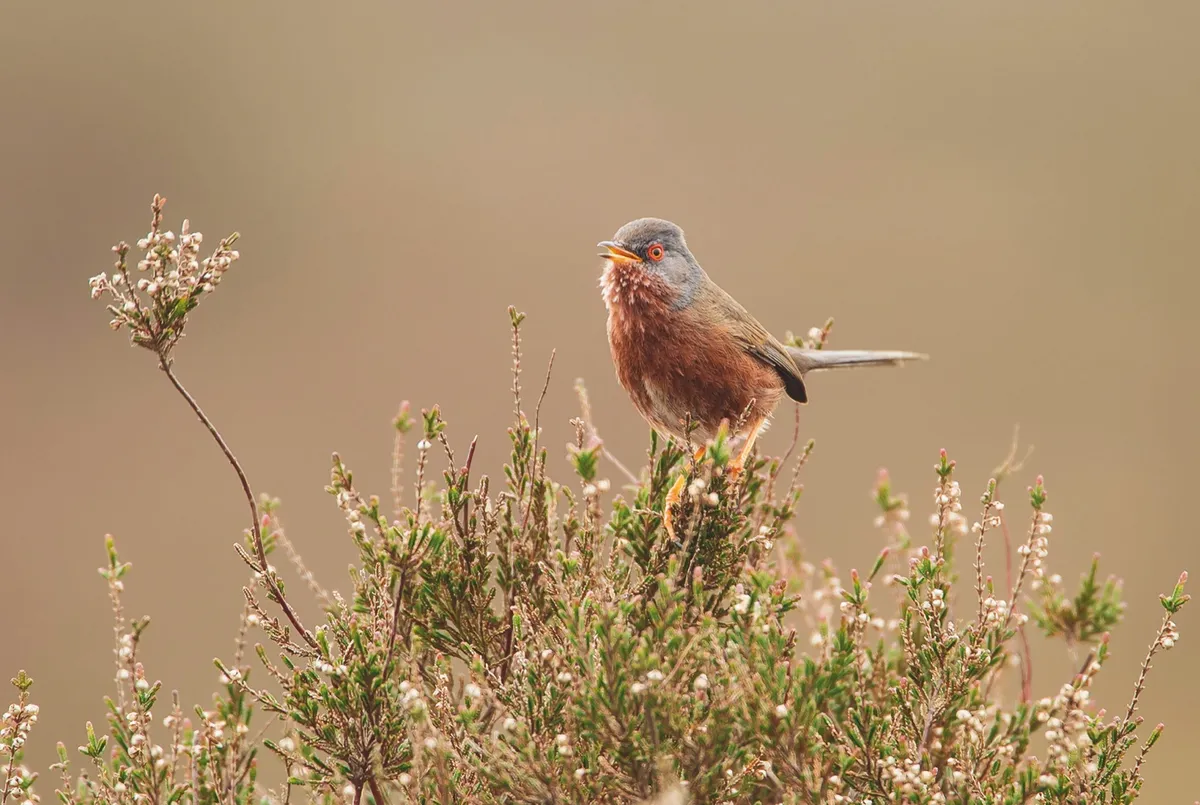
4. Harbour haven
At Shipstal Point, red-breasted mergansers patrol offshore, and in poor weather, various species of grebe and diver seek sanctuary in the harbour. weather.
Arne map
